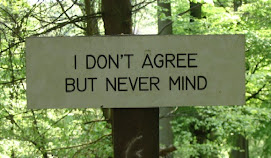Had an email today from a company that I - apparently - met and talked to at the London Bike Show. That I didn't attend. Never mind.
They too, sell electro-luminescent garments.
There's an interesting story to the development of the gear:
Exelite Industries Limited was formed in late 2003, to develop and bring to the market high-visibility, self-illuminating personal safety devices. Today, Exelite's electro-luminescence (EL) technology and innovative design principles represent a revolutionary step forward in the field of personal safety. Exelite's use of such technology has its origins in the space industry over fifty years ago.
In the early 1940's, NASA identified a need to backlight specific onboard equipment within its spacecraft. Such a backlight would need to: be lightweight; not generate heat; have very low power consumption and yet contain no gas or filament. . NASA met these needs by developing a transparent plastic filmstrip comprising a light-emitting material placed between insulating layers and conducting electrodes made from indium tin oxide (ITO). Known as the EL (electro-luminescent) light, this technology has proved to be reliable and durable.
Years later, a fire in a plane in a British Airport caused the death of 54 passengers. This despite all doors being opened in good time to enable a safe exit. An investigation discovered that smoke had diffused the light from the doors and exit signs, leaving passengers unable to find their way out. A light source that could be visible through smoke was needed, and the aviation industry took up NASA's suggestion to use the EL light. Just one year later, lights on aeroplane floors became mandatory throughout the world.
The EL light that originated in spacecraft and that now improves safety on today's aircraft , has been redesigned, made portable and refined into the personal safety-wear range by Exelite Industries Limited.
They are now producing a rnage of garments, including a waistcoat.

Interestingly, they mention: Complies to: BS EN 471:2003 - Day / Night Use
It's my understanding that BS EN471 significantly limits the angles at which reflective stripes can be positioned (See here at 3M ) so if you're buying with the necessity of BS EN471 in mind you may wish to specify the 'squared' version.
You may also wish to ask yourself "What does an approaching driver see and understand that they won't 'get' from the retro-reflective material?"





No comments:
Post a Comment